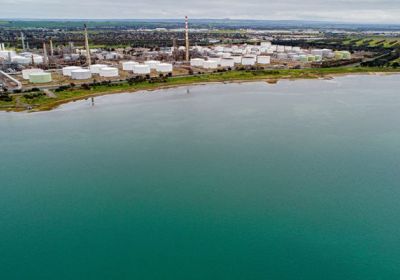
Environment Victoria has accused Viva Energy of using a climate accounting trick to significantly underreport emissions from its proposed Geelong gas terminal. Sue Bull reports.

Environment Victoria has accused Viva Energy of using a climate accounting trick to significantly underreport emissions from its proposed Geelong gas terminal. Sue Bull reports.
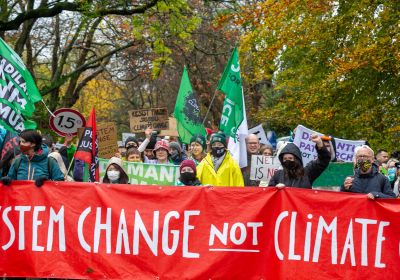
The climate science says we are running out of time to avoid climate catastrophe but, as Friends of the Earth says, this COP26 did not deliver what was needed.

The Tokyo Olympics, which may become another COVID-19 super spreader, reveals the influence that corporate capitalism has over governments and politicians, argues Hans Baer.
The federal government has delivered another budget for the billionaire class that is hell-bent on putting their profits ahead of the climate emergency, writes Peter Boyle.
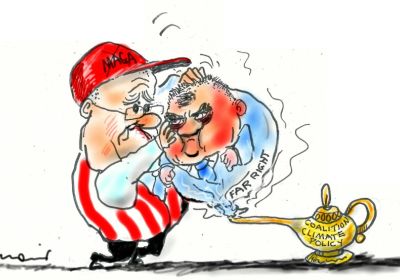
Pressure from the Biden administration’s pledges on swift climate change action seems to have pushed Scott Morrison to mention he indeed has a plan to reduce emissions, writes Pip Hinman.

Prime Minister Scott Morrison is fond of saying that Australia only produces 1.3% of global greenhouse emissions. He says this to bolster his climate denialist position that his government does not need to take a lead on cutting carbon emissions. This position is fundamentally wrong.

Catastrophic fires in New South Wales and Queensland have come early in the fire season, which usually starts in October. Climate scientists and frontline fire fighters agree: they are a consequence of climate change.
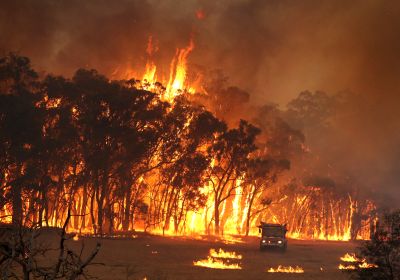
The Australia Institute (TAI) released its latest annual Climate of the Nation 2019 report on September 10. The annual report, first produced by the Climate Institute and for the past two years by TAI, has been tracking attitudes on climate change for more than a decade.
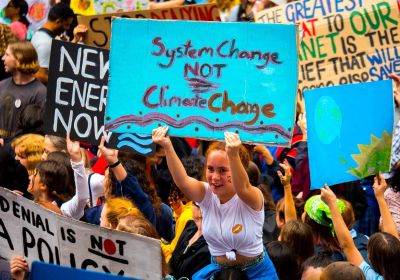
UN Secretary General António Guterres wants only those countries that can show “concrete, realistic plans” for reducing their carbon emissions to come the the UN climate summit in September. But you can be sure the recalcitrants, such as Australia, will be there.
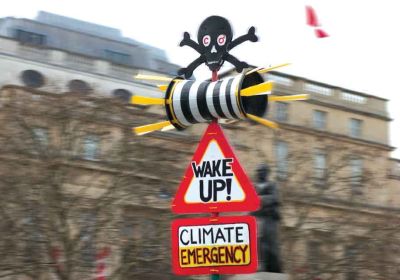
The climate emergency is already impacting all our lives. As it gets worse, we will be affected by more catastrophic floods and storms, bushfires and droughts. Globally there will be less clean water and farmland available. It is a result of an economic system — capitalism — in which private companies’ profit-making is privileged over the real needs of communities and their environments.